Understanding food intolerance can seem impossible, especially when you have several of them to juggle. I know the frustration and confusion that can accompany food intolerances. I suffered from this for several years. Eventually, I found answers and solutions and I no longer experience food sensitivities. It is my intention to help you learn what causes the various kinds of food sensitivities so that you can find clarity and ultimately relief.
What is food intolerance?
Sometimes referred to as food sensitivities, food intolerance is commonly understood to be when the body reacts negatively to particular foods. We can experience things like brain fog, fatigue, stomach aches, migraines and more when this happens. This whole dynamic around food can make meal time super stressful. Sometimes it can get to the point where we don’t feel like we have many food options at all.
However, there is an entirely different situation at play. Don’t worry, your body isn’t faulty. Though we can eat foods and feel discomfort, that doesn’t always mean something is wrong with that food. We can eat a healing food like an apple and experience stomach upset. Conversely, we can eat a food that is truly unhealthy like cheese and also experience stomach upset. This is when looking at the root cause helps bring clarity.
Causes of Food Intolerance
Put simply, when we eat, we are either providing the body with healing foods or foods that get in the way of health. Sure, there are foods that are fairly neutral, but these are less common exceptions. When we find we react to a food with something like gluten in it, this isn’t happening because your body itself doesn’t like gluten. In reality, this happens because the gluten is feeding pathogens living in the body.
The vast majority of humans have damaging bacteria and viruses in the body. It’s difficult to avoid. We are exposed to them regularly. But, one of the ways they thrive and wreak havoc is through some of the foods we eat. They are literally fed and sustained through common foods like eggs, dairy and gluten. So we eat, and they eat. Then, they excrete a highly toxic poison that can trigger symptoms associated with food intolerance.
Symptoms of Food Intolerances
- Bloating
- Heartburn
- Nausea
- Headaches
- Anxiety
- Brain fog
- Fatigue
- Upset stomach
- Tingling
- Mucus build up
- Depression
- Tight chest
- And many more…
Most Common Food Intolerances
- Dairy
- Gluten
- Eggs
- Soy
- Corn
- Shellfish
- Cherries, apples, mango, pears, melons and other fruits
- Cauliflower, broccoli, and other cruciferous
Some Food Intolerances are Healing Reactions
When we eat fruits and vegetables and find we react to them, we are likely experiencing a healing reaction. Sounds weird right? Remember those pathogens I mentioned above? Well, they are actually killed off by fruits and vegetables, especially raw fruits. These foods are literally medicine and can draw out toxins in the body when we eat them. If you aren’t able to make this connection, you may mistakenly see detox symptoms as food intolerances. With that in mind, the healing food is actually beneficial for you. I suggest slowly adding it into your diet. Literally, bit by bit over time.
Another possibility is a reaction to pesticides. If every time you eat something like a cherry, and your lips tingle, it could be from past pesticide exposure. Sounds crazy but if at some point in the past, you ate cherries that had pesticides on them, you can actually experience the same reaction every time after that. This can be resolved over time. Remove foods like gluten, corn, soy, canola oil, eggs, dairy, and pork. Bring in more healing foods like, potatoes, leafy greens, fruits and veggies. Over time, the buzzing or tingling sensation will fade as your body gets cleaned up.
Food Intolerance vs. Allergies
Though they often get used interchangeably, a food intolerance is not the same as a food allergy. A true food allergy can result in anaphylactic shock and is a completely different issue. A true food allergy is actually much less common than a food intolerance or food sensitivity. We see this most common with peanuts.
Healing Food Intolerance
Ultimately, when we have a reaction to a food we are eating, healing or not, the body is telling us that toxicity is high. If you truly want to reverse your food intolerances, you can stop feeding the pathogens that cause so many of them. Slowly bring in more healing foods to fight off the pathogens. And phase out foods like gluten, dairy, eggs, soy, canola, corn, and pork. You will find your symptoms improve as your body heals. Bringing in celery juice every morning can also make a world of difference.
One of the most dangerous things we can do is completely avoid healing foods because we buy into the notion that they’re making us sick. Diets like FODMOPs, Keto, or Autoimmune Paleo all encourage the avoidance of many (if not all) fruits and potatoes. These foods are filled with vital nutrients that we need to recover and ultimately thrive. I encourage you to check out more information about food intolerances by checking out the Medical Medium. You can also learn more about the benefits of detoxing in this post of mine. Please know that your body is always fighting for you, never against you. When you give it the right tools, you can reverse symptoms and find true health.

